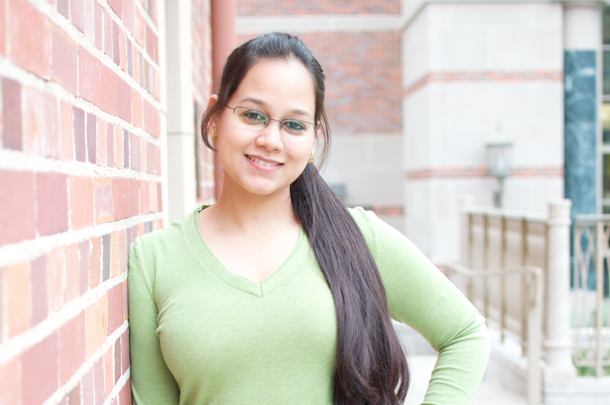New research by the Fini Lab at Keck Medicine of USC demonstrates for the first time that a natural protein in tears may be key to treating dry eye syndrome, a common affliction of the eye that affects millions of people.
Published in PLOS ONE, the study suggests a new approach to treating dry eye. Using an experimental mouse model, the researchers found that the natural tear protein known as clusterin seals the ocular surface barrier, while also protecting against further damage.
“It is well known that clusterin protects cells and proteins,” said Shinwu Jeong, PhD, assistant professor of research ophthalmology in the Institute for Genetic Medicine at the Keck School of Medicine of USC and the senior author of the study. “A problem in dry eye appears to be that natural clusterin is depleted. We predicted that adding it back would be beneficial, however, the novel mechanism of sealing was unexpected.”
Dry eye conditions are brought on by aging, eye surgery or environmental exposure. Symptoms include pain, burning, itching, redness, sensitivity to light and other discomfort. If left untreated, severe cases may result in vision loss due to corneal scarring.
“We are the first to report functions for this protein in dry eye and shed some light on its potential use for ophthalmology treatments,” said Aditi Bauskar, a PhD student in USC’s medical biology program and lead author of the study.
The researchers studied the ocular surface barrier rather than upstream effects of tear production, chemistry and inflammation that contribute to dry eye conditions.
“Our pre-clinical results are very promising and make a strong case to use clusterin as a biological drug to prevent or treat not only dry eye but also other corneal disorders involving damage to the ocular surface barrier,” Bauskar noted.
No drugs are currently on the market to address ocular surface barrier disruption.
The research is the basis of several patent applications with the USC Stevens Center for Innovation, one of which has been issued. It was conducted in the lab of M. Elizabeth Fini, PhD, director of the USC Institute for Genetic Medicine and professor of cell and neurobiology and ophthalmology at the Keck School.
Other USC co-authors include faculty members Wendy J. Mack of preventive medicine and SC-CTSI, Martin Heur of ophthalmology and Janet Moradian-Oldak of the Ostrow School of Dentistry.
— Meg Aldrich


